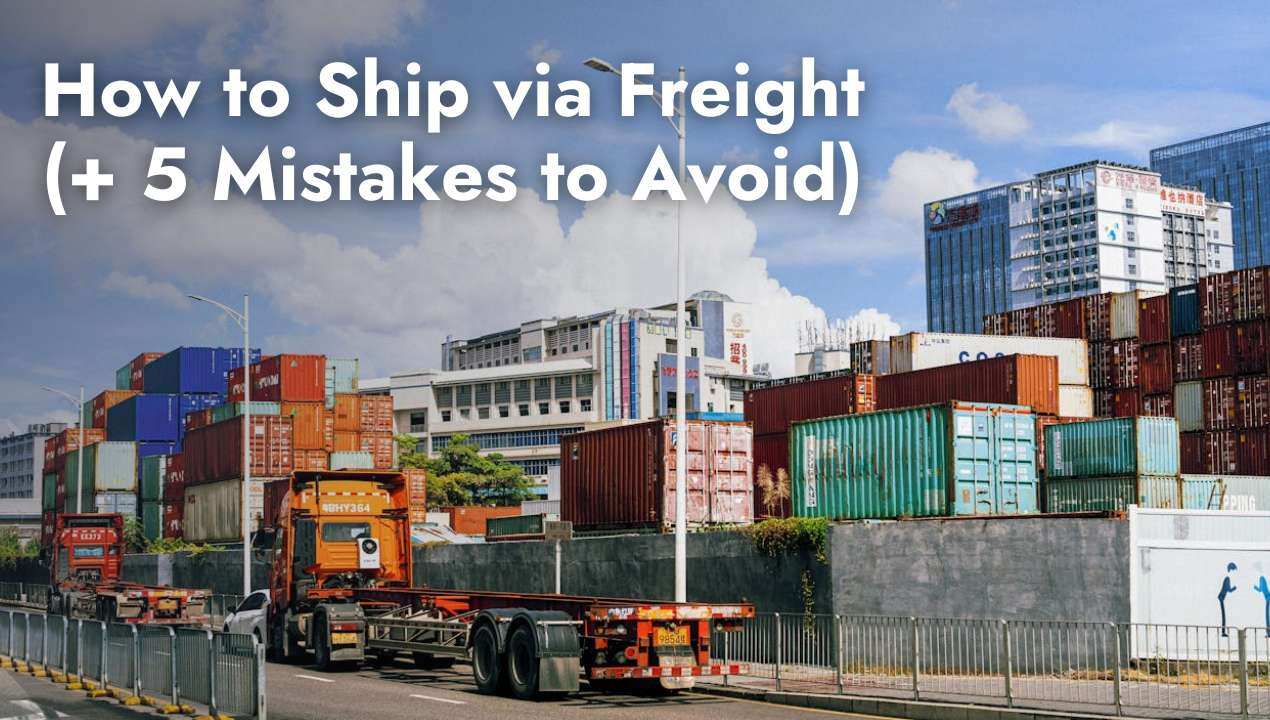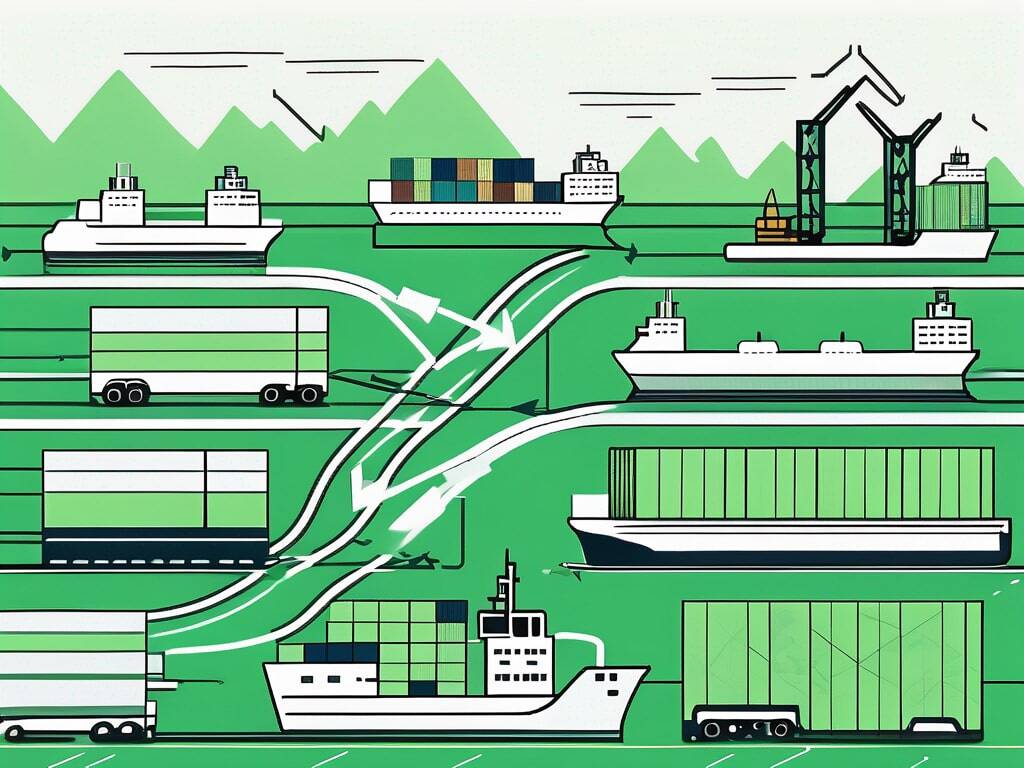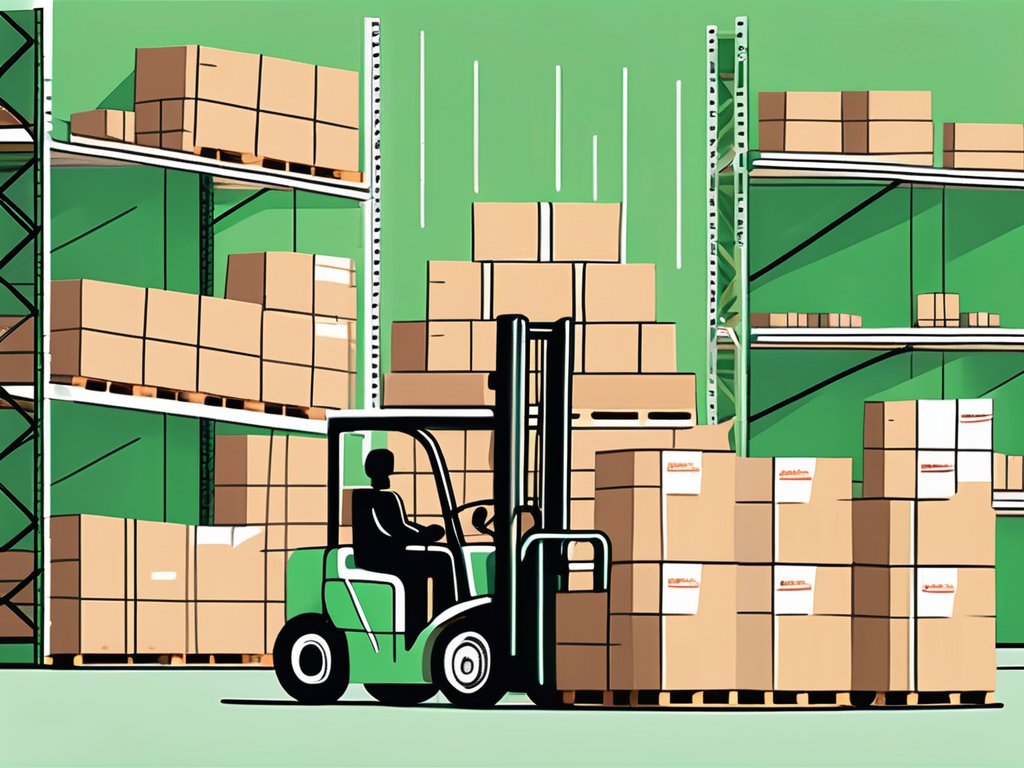Share this
What Does Freight Mean, Really?
by Shipfusion Team on Nov. 7, 2024

The term “freight” can feel vague and complex, yet it plays an essential role in scaling operations and fulfilling large orders efficiently. Understanding what freight entails and how it differs from standard shipping can help ecommerce brands make informed decisions about managing logistics, especially as they expand into bulk or B2B shipping.
This guide aims to demystify freight in the context of ecommerce, exploring its different types, when it’s the right choice, and how to manage freight effectively.
Defining Freight In the Context of Ecommerce
In its simplest terms, freight refers to large shipments of goods transported via land, air, or sea. Unlike standard parcel shipping, which typically involves small packages sent through carriers like FedEx or UPS, freight shipping is used for bigger, heavier shipments. For ecommerce businesses, freight can mean bulk orders of inventory from suppliers, large B2B/wholesale orders, or even international shipments that require specialized handling.
Freight offers unique advantages but comes with additional logistics and cost considerations. Unlike standard parcel delivery, freight requires more advanced planning due to its size and complexity, as well as specific transport modes and packaging requirements. Ecommerce businesses that use freight often benefit from more efficient inventory management and cost savings on bulk shipments.
Types of Freight Shipping
Not all freight shipping is the same; different types of freight cater to varying shipment sizes, timeframes, and budget requirements. Here are the primary types that ecommerce businesses commonly use:
1. Less Than Truckload (LTL): Ideal for Smaller Shipments
LTL shipping is a cost-effective solution for businesses that need to ship items too large for parcel carriers but don’t require an entire truck. In LTL shipping, multiple shipments from different companies share space on the same truck, making it a suitable option for smaller loads. This method is particularly useful for ecommerce businesses that order moderate quantities of inventory, allowing them to save on transportation costs by only paying for the space their shipment occupies.
2. Full Truckload (FTL): For Large or Urgent Shipments
When ecommerce businesses have enough cargo to fill an entire truck or require expedited delivery, FTL is often the best choice. In FTL shipping, a single shipment occupies the entire truck, ensuring direct transportation from the point of origin to the destination. This method is ideal for high-volume inventory restocks, especially during peak seasons, when having products in stock and available for quick delivery is crucial.
3. Intermodal Freight: A Cost-Effective Option for Longer Distances
Intermodal freight involves using multiple modes of transportation, such as trucks, trains, or ships, to move goods. This method is typically more affordable than FTL but slower due to the transfer points involved. It’s a suitable choice for ecommerce businesses with non-urgent, bulk shipments that don’t require rapid delivery. Intermodal freight can be a practical option for moving large quantities of stock between warehouses or distributing goods internationally.
When Do Ecommerce Businesses Use Freight?
Freight shipping becomes valuable for ecommerce businesses in specific scenarios, such as:
- Bulk Inventory Shipments: For businesses that maintain high stock levels, bulk inventory shipments help ensure they can meet customer demand during peak seasons. Freight shipping allows them to replenish stock efficiently and cost-effectively.
- B2B Orders: Businesses selling wholesale or handling large B2B orders often rely on freight to manage the substantial volume. Freight shipping accommodates large quantities, which would otherwise be impractical through standard parcel carriers.
- International Shipping: For global ecommerce brands, freight is essential for moving goods between countries. International freight options like air or ocean freight provide solutions for large shipments, depending on the urgency and budget.
These scenarios illustrate the diverse uses of freight in ecommerce, enabling brands to manage their supply chain and order fulfillment more efficiently. Whether they are restocking inventory or fulfilling B2B orders, freight shipping opens the door to scalable logistics solutions that support business growth.
Understanding Freight Costs and Surcharges
Freight costs vary depending on several factors, including weight, shipment dimensions, delivery destination, and urgency. Unlike parcel shipping, where costs are relatively straightforward, freight involves multiple cost components and additional surcharges. Here are some typical factors that influence freight expenses:
- Weight and Size: Freight carriers calculate costs based on the weight and volume of the shipment. Heavier or bulkier items increase the shipping price as they require more space and fuel.
- Destination: Shipping over longer distances or to remote locations increases costs, especially if multiple transport modes are required.
- Urgency: Expedited or overnight shipping demands premium rates. If time-sensitive delivery is necessary, ecommerce businesses should account for these higher costs.
Common surcharges that ecommerce businesses should be aware of include:
- Fuel Surcharges: Fluctuating fuel prices affect shipping costs, and carriers often add a fuel surcharge to offset these expenses.
- Accessorial Fees: These charges cover additional services, such as lift-gate usage, inside delivery, and residential delivery. For businesses that require special handling, these fees can quickly add up.
Understanding these costs enables ecommerce brands to anticipate and budget for freight expenses more effectively, making it easier to determine whether freight shipping aligns with their logistical and financial goals.
Choosing the Right Type of Freight Solution
Selecting the right freight solution depends on various factors, including timing, budget, and shipment size. Ecommerce brands should assess their needs to ensure they choose the option that best fits their operations.
For brands that require flexible and reliable freight options, working with a third-party logistics (3PL) provider can simplify the process. 3PLs, such as Shipfusion, can manage freight logistics end-to-end, from carrier selection to real-time tracking and managing surcharges. With a dedicated Account Manager and real-time reporting tools, Shipfusion’s 3PL solutions streamline freight logistics, helping ecommerce brands maintain efficient operations without getting bogged down by the intricacies of freight shipping.
Take Advantage of All Types of Freight Through Shipfusion
Freight plays a fundamental role in supporting ecommerce growth, offering solutions for managing large shipments that go beyond the capabilities of standard parcel services. By choosing the right freight type and understanding the associated costs, ecommerce businesses can better manage bulk shipments, restock inventory, and fulfill B2B orders efficiently.
For brands looking to simplify their logistics strategy and optimize freight solutions, partnering with an experienced 3PL provider like Shipfusion can be invaluable. With technology-driven solutions and expert freight management services, Shipfusion enables ecommerce businesses to streamline their freight logistics, control costs, and focus on scaling their brand.
Reach out to Shipfusion today to explore how the right logistics partner can help you manage freight effectively and meet the demands of your growing business.
Share this
You May Also Like
These Related Articles

How to Ship via Freight (+ 5 Mistakes to Avoid)

What to Know Before Working with a B2B Shipping Company

Use Palletized Shipping to Make Your Logistics System More Efficient
- April 2025 (9)
- March 2025 (26)
- February 2025 (26)
- January 2025 (37)
- December 2024 (16)
- November 2024 (23)
- October 2024 (22)
- September 2024 (27)
- August 2024 (9)
- July 2024 (8)
- June 2024 (5)
- May 2024 (8)
- April 2024 (8)
- March 2024 (6)
- February 2024 (6)
- January 2024 (5)
- December 2023 (3)
- November 2023 (3)
- October 2023 (5)
- September 2023 (4)
- August 2023 (2)
- July 2023 (1)
- June 2023 (4)
- March 2023 (2)
- October 2022 (1)
- September 2022 (5)
- August 2022 (4)
- July 2022 (7)
- June 2022 (4)
- May 2022 (4)
- April 2022 (6)
- March 2022 (2)
- February 2022 (1)
- January 2022 (3)
- December 2021 (2)
- November 2021 (4)
- October 2021 (2)
- September 2021 (5)
- August 2021 (4)
- July 2021 (4)
- June 2021 (3)
- May 2021 (2)
- April 2021 (3)
- March 2021 (3)
- February 2021 (3)
- January 2021 (2)
- December 2020 (4)
- November 2020 (2)
- October 2020 (4)
- September 2020 (2)
- July 2020 (5)
- June 2020 (4)
- May 2020 (2)
- April 2020 (2)
- March 2020 (4)
- February 2020 (1)
- December 2019 (1)
- May 2018 (1)
- March 2018 (2)
- February 2018 (3)
- January 2018 (3)
- November 2017 (3)
- July 2017 (4)
- March 2017 (3)
- February 2017 (5)
- January 2017 (3)
- December 2016 (4)
- November 2016 (6)
- October 2016 (6)
- October 2015 (1)
- September 2015 (1)
- June 2015 (3)
- May 2015 (3)
- August 2014 (1)
- July 2014 (1)
- March 2014 (1)
- February 2014 (1)